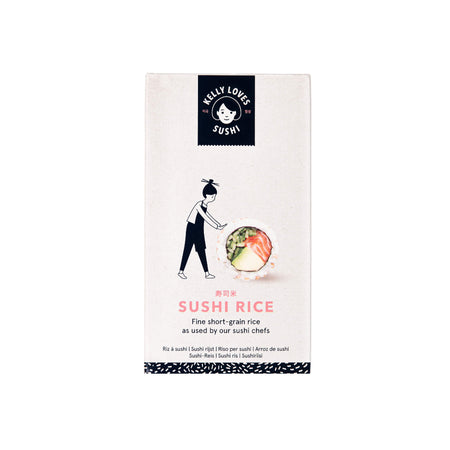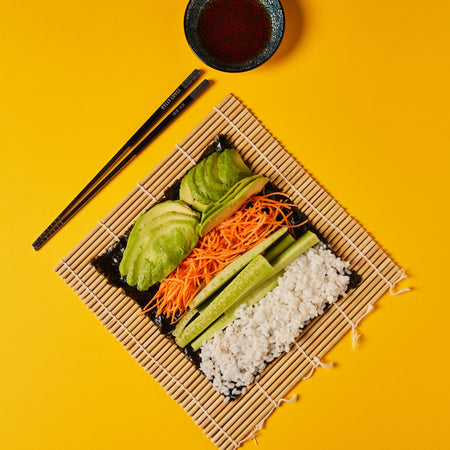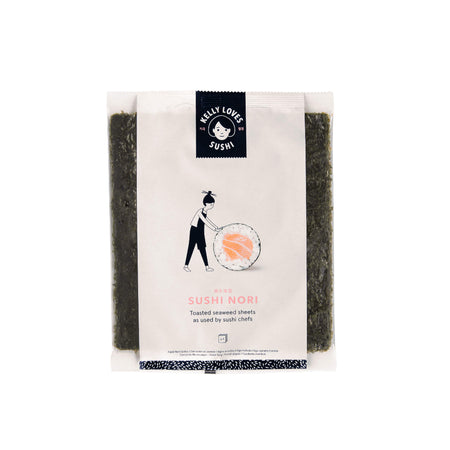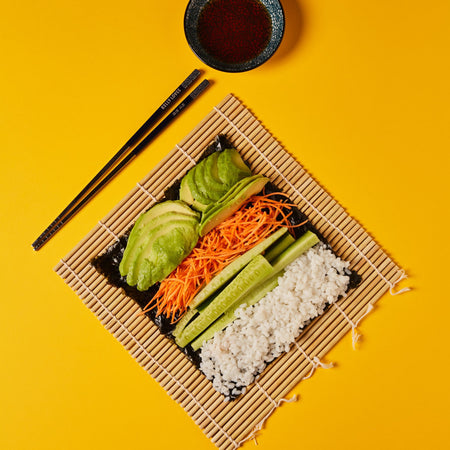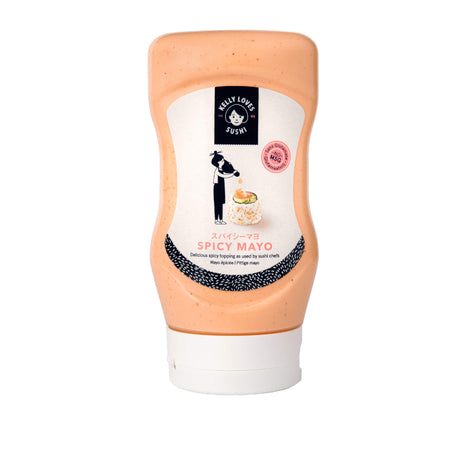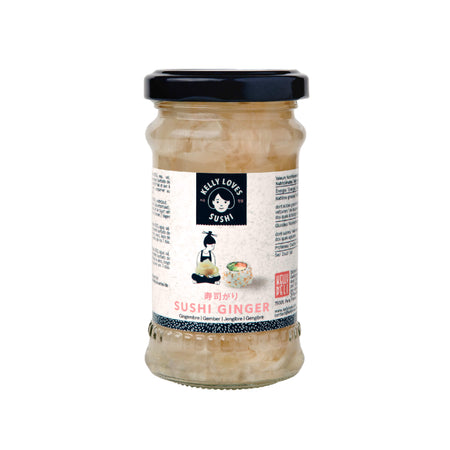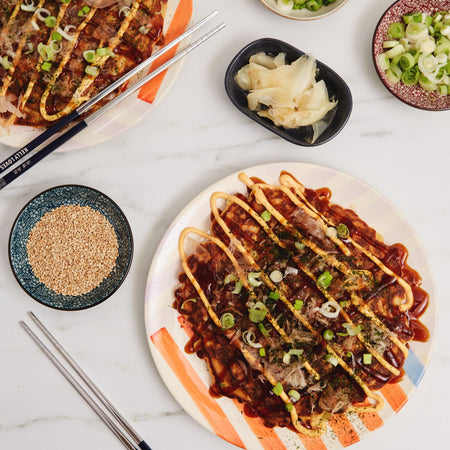Korean March 1st Independence Movement Day
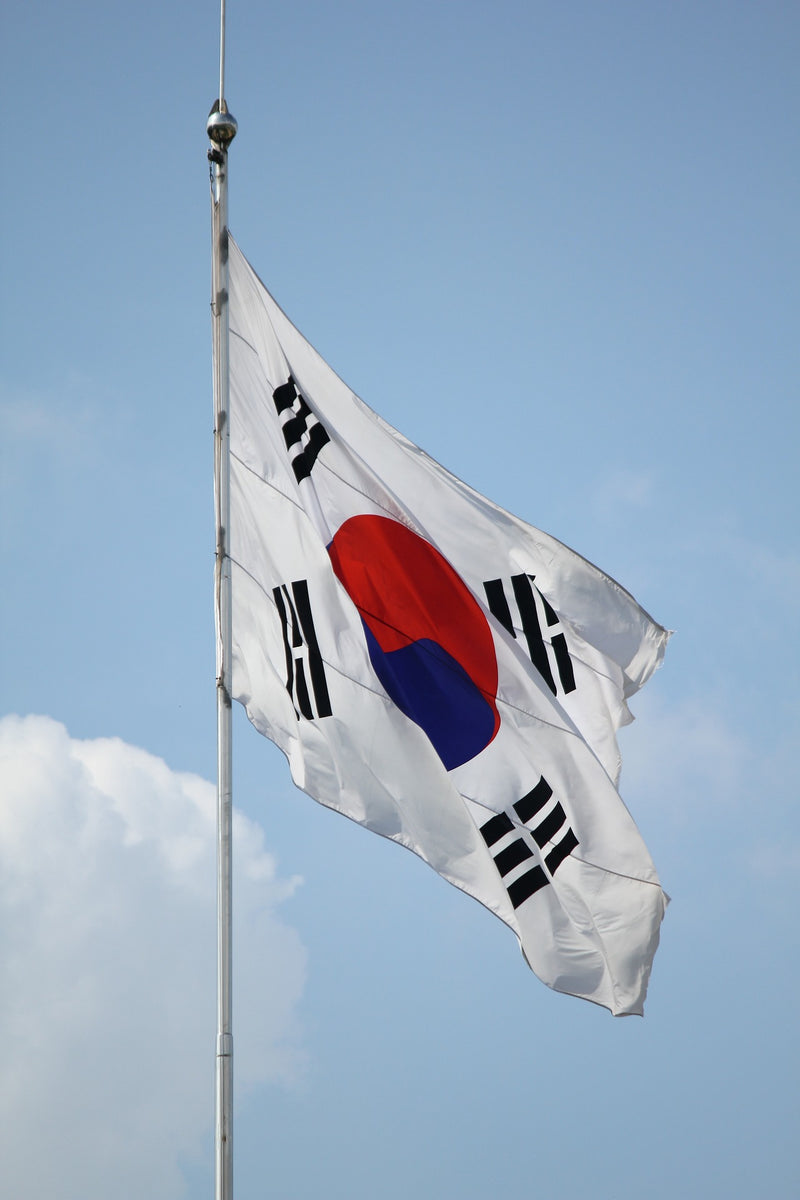
It’s a poignant time to remember those Koreans who lost their lives fighting against Japanese rule, along with the fun and laughter that the concerts and parades bring to celebrate Korean independence. If you’re a fan of Korean food culture, we encourage you to explore the history of South Korea to get to know more about this unique and special country.
What is Korea Independence Movement Day (Samiljeol)?
Independence Movement Day (also known as Samiljeol, Samil Day or the Samil Independence Movement Day) is a public holiday in Korea, a ‘red day’, which is a paid day off work. The day's holiday is designed to remember the March 1st Independence Movement in 1919 which started a national protest against the ruling of Korea by Japan. These protests resulted in the establishment of the Provisional Government of the Republic of Korea on 11th April 1919.
Independence Movement Day officially became a national holiday in 1945, to commemorate those who lost their lives for Korean independence. Independence Movement Day is referred to as Samiljeol because ‘sam’ means ‘three’ for the third month, ‘il’ means ‘one’ for the first day, and ‘jeol’ means ‘festival’. There are numerous exhibitions, concerts and parades throughout the national holiday. Everyone joins in the commemoration events, from the young to the old - and tourists are welcome to join in!
When is Movement Day (Samiljeol) celebrated in Korea?
Independence Movement Day is a holiday celebrated in South Korea every year on 1st March. When 1st March lands on the weekend, the national holiday is often moved to another day. At this time of year, the cold winter is on the way out, which makes it easier for people to celebrate outdoors, often in huge crowds. At 10am on 1st March, you’ll hear sirens go off across the country, reminding Koreans to spend a silent moment remembering all those who lost their lives for the freedom they have today. This date is also one for school children to have one last day of fun (!) before the Korean school year starts (on 2nd or 3rd March), so there are children everywhere! Theme parks and family activities are jam-packed and the roads are busy.
What is the history of March 1st Movement Day?
A mass demonstration in Seoul on 1st March 1919 sparked a chain of demonstrations across the country for Korean national independence from Japan. It was started by 33 Korean leaders who drew up a Korean “Proclamation of Independence” and organised the peaceful demonstration. On the day they read and signed the proclamation and organised others throughout the country to do the same.
Japan suppressed the movement, but not before there had been around 1,500 demonstrations with approximately 2,000,000 Koreans taking part. It ended in horror with around 7,000 people killed by Japanese soldiers and police with about 46,000 people arrested.
The movement didn’t achieve the ultimate goal at that time which was national independence, but it did lead to the Korean Provisional Government (in Shanghai) and it gained global attention.
How is the March 1st Movement celebrated?
Flags on government buildings
The national flag of South Korea (taegeukgi) depicts the importance of the interaction of yin and yang to Koreans — in all things. It symbolises harmony between positive cosmic forces (yang, the red half) and negative cosmic forces (yin, the blue half).
Displaying the flags today reflects the waving of the national flag in the peaceful protest back in 1919 as they protested against Japan’s colonial rule from 1910-1945. In 1919 there was no unified national flag, so different versions of the flag were used.
The most poignant government building to display the taegeukgi flag is Seodaemun Prison, which imprisoned many Korean protestors during Japanese rule. In Taegeuk Square there are 815 raised Korean flags which look spectacular as they all blow in the wind.
Official ceremonies
Official ceremonies take place across the country, with the biggest in Seoul. The Korean Declaration of Independence is read in Tapgol Park on 1st March, as was done in 1919. The roads are closed as the independence protests are re-enacted (including huge 10-lane roads!) There are also lots of concerts and exhibitions organised.
Celebrations by the citizens
Looking at images of Samiljeol online and you’ll see the taegeukgi being waved across the country. As mentioned, taegeukgi flags adorn government buildings, but they are also waved by crowds, painted on faces, worn on t-shirts and displayed on cars and homes. The streets of Seoul are turned into seas of white, red and blue — it’s incredible to see. Koreans will enjoy folk music performances in traditional costumes, Korean drums will beat and parades will dance through the streets. Fun activities like tug-of-war are also organised. People also reenact the rallying in the streets of Seoul, waving taegeukgi flags, while shouting ‘manse!’ (meaning: ‘hurrah!’). And what will Koreans be eating on March 1st Independence Movement Day? Well, kimchi is guaranteed!
The 1st of March is a day to display the Korean flag and learn about Korean history. The movement on 1st March 1919 lit a patriotic fire in the heart of the Korean people which continues to burn fervently to this day. If you love Korean food, music and TV shows, it makes sense to learn about the history of this beautiful country as it contributes to Korean culture today. We love how food gets people together all over the world. Invite your friends over on 1st March for a Korean meal and share the history. If you need some inspiration, check out the most popular Korean food — with the help of our Korean variety boxes you can create a feast!
